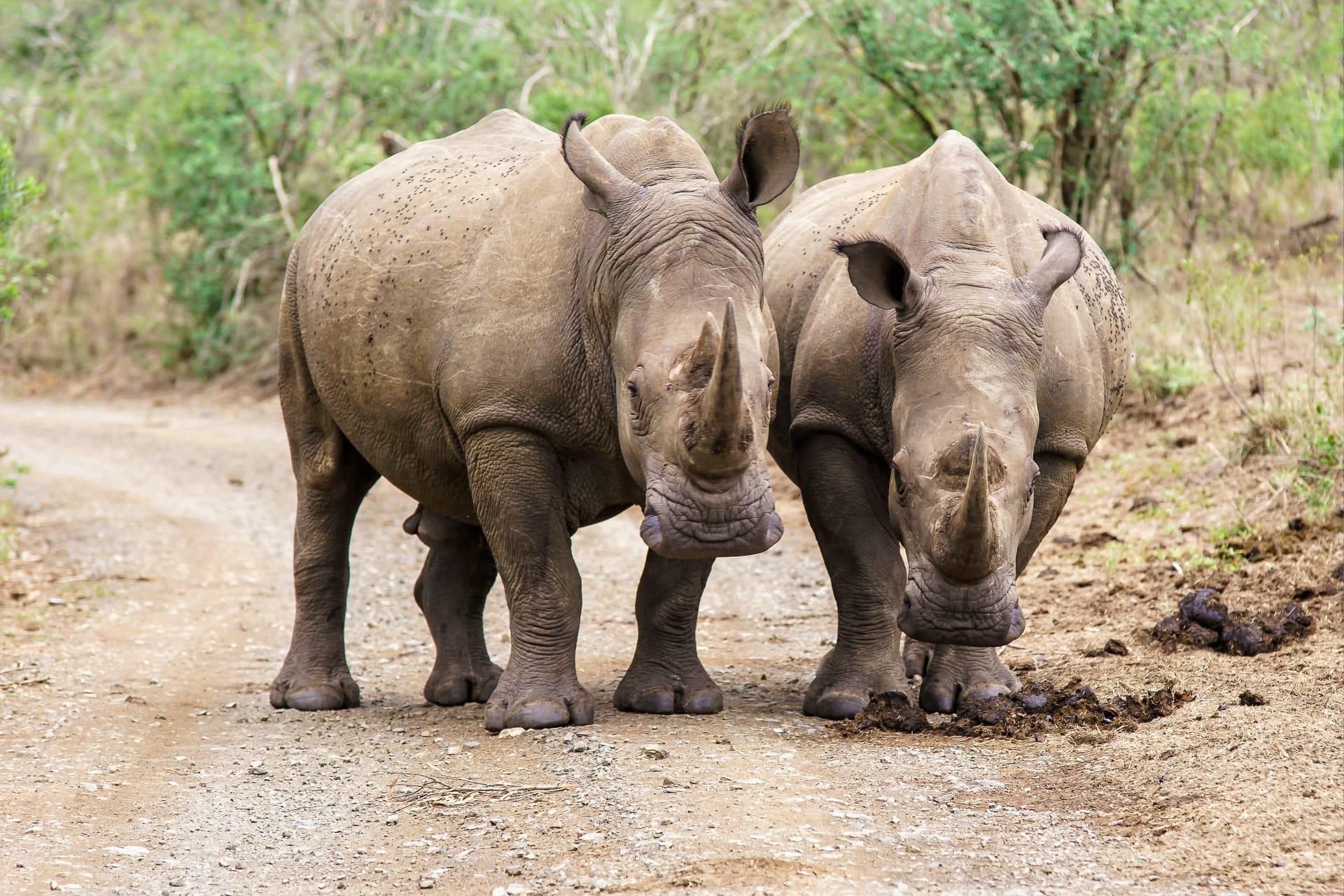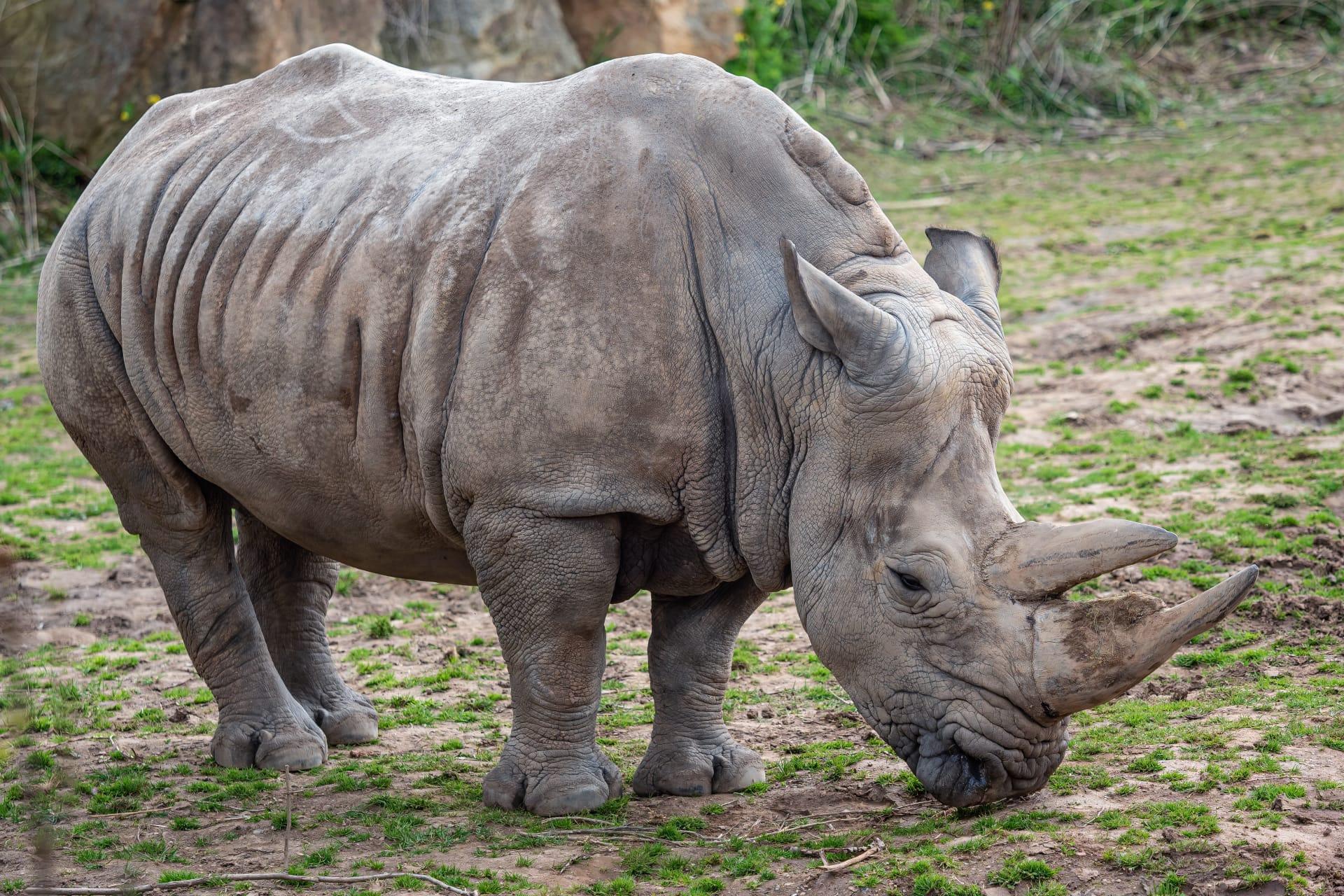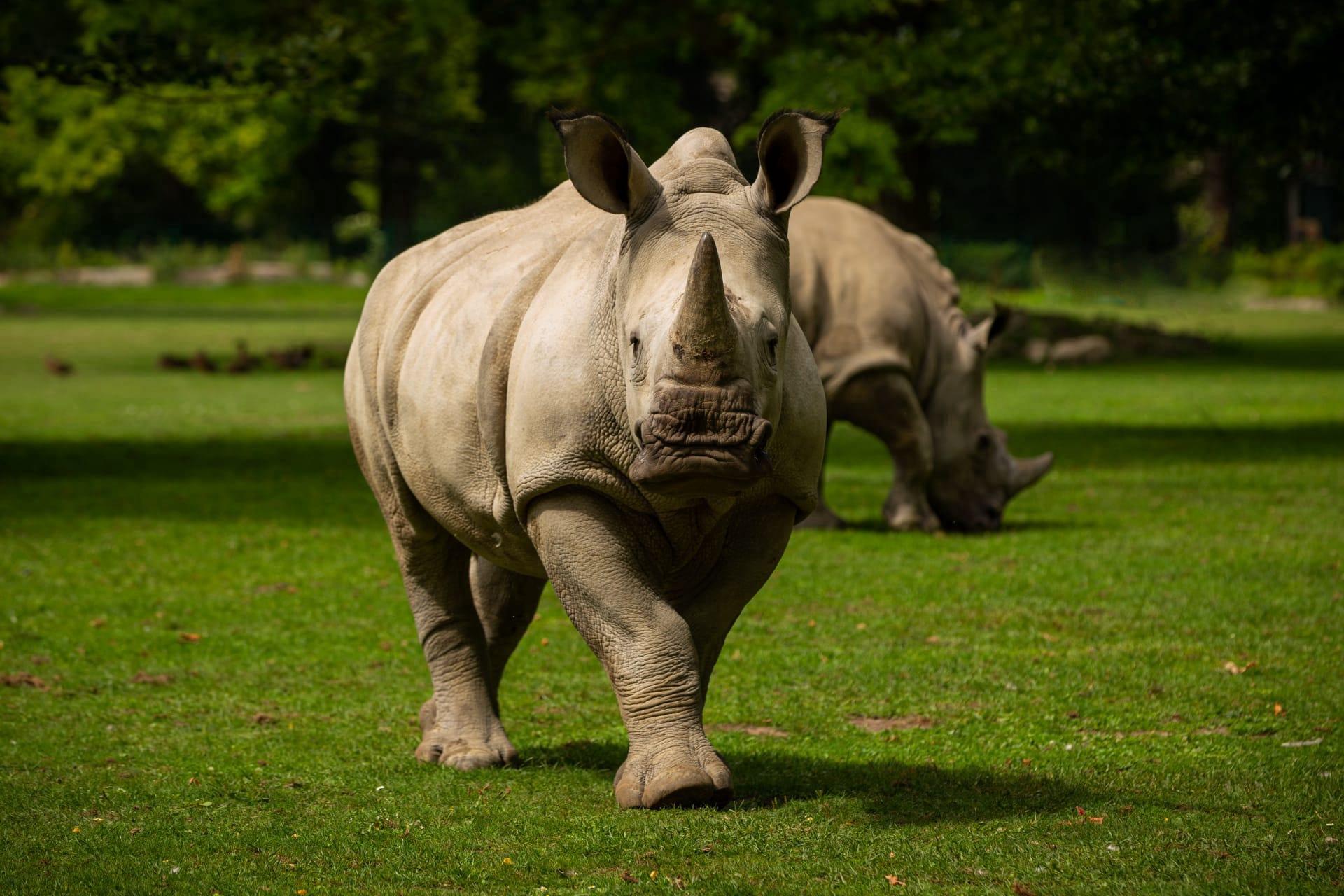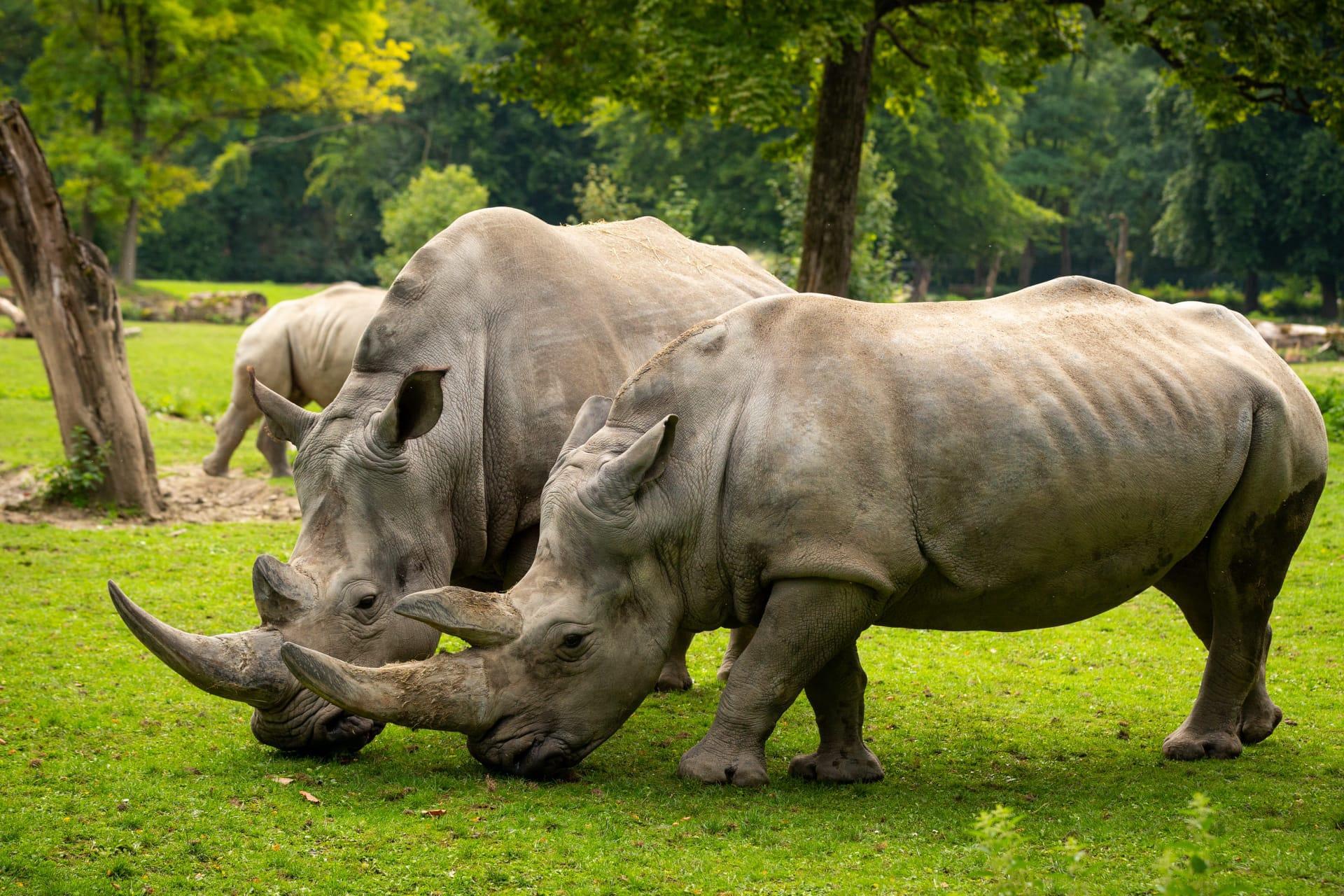White Rhinoceros Characteristics
- Home /
- Mini Encyclopedia /
- Animal /
- White Rhinoceros Characteristics
1
The White Rhinoceros, a majestic creature of the African savannah, is renowned for its impressive size and bulk. Adult white rhinos can weigh between 4,000 to 6,000 kilograms, making them one of the largest land mammals, second only to elephants. Males are generally larger than females. They stand at about 1.8 meters tall and can be up to 4 meters long. A distinct feature of their body is their broad, square lip, designed for grazing. White rhinos have a life span of around 40 to 50 years in the wild, with some living even longer in captivity.
The most distinctive organ of the White Rhinoceros is its horn, a unique feature not made of bone but of keratin, the same material in human hair and nails. The front horn is larger, averaging around 60 centimeters in length, but can grow up to 150 centimeters. The smaller second horn stands closer to the rhino's forehead. These horns are not used for hunting, as rhinos are herbivores, but are crucial for defense and social interactions within their species. Unfortunately, these horns have also led to heavy poaching, placing white rhinos in peril.

2
Question: Why are White Rhinoceroses called 'white' when they are not actually white in color?
Answer: The name 'White Rhinoceros' is actually a misinterpretation. It's believed to be derived from the Dutch word 'wijd,' meaning 'wide,' referring to the rhino's wide, square lip. English settlers in Africa misinterpreted the word as 'white' and the name stuck. Contrary to their name, white rhinos have a greyish color, which can vary depending on the soil in their habitat as they often roll in dust and mud.

3
White Rhinoceroses are not known for their speed, yet they can surprise with their agility. They can run up to speeds of 50 kilometers per hour in short bursts. Their large body mass doesn't hinder their ability to turn quickly, an essential skill to evade predators. Despite their bulky appearance, they are quite adept at navigating their savannah and woodland habitats.
As herbivores, white rhinos primarily feed on grass. Their wide, square lips are perfectly adapted for grazing. They can eat up to 120 kilograms of grass each day, spending half the day eating. Their diet consists of short grasses, relying on their lips to pluck the grass rather than biting it.

4
The White Rhinoceros predominantly inhabits grassland and savannah habitats in Africa, particularly in South Africa, Namibia, Zimbabwe, and Kenya. They prefer flat lands with plenty of grass for grazing and access to water sources. They are often found near water holes and mud wallows, which are crucial for cooling down and protecting their skin from sunburn and insect bites.
In terms of reproduction, white rhinos have a unique pattern. Females reach sexual maturity around 6-7 years of age, while males mature later, around 10-12 years. The gestation period for a white rhino is about 16 months, one of the longest among mammals. Females give birth to one calf, which stays with her for up to three years. The long interval between births is one of the reasons for their slow population growth.

5
Book: "The White Rhino Saga" by Ian Player. This book, set in South Africa during the 1960s, tells the story of the Operation Rhino, a conservation effort led by Ian Player. The book narrates the challenges and successes in saving the white rhino from the brink of extinction, offering a mix of adventure, natural history, and conservation insights.
Book: "Rhino: At the Brink of Extinction" by Anna Merz. Published in the 1990s, this book provides a poignant account of Anna Merz's experiences in establishing the Lewa Wildlife Conservancy in Kenya. It focuses on the conservation of the white rhino, detailing the threats they face and efforts to protect them. Merz's narrative blends personal stories with informative content about rhino behavior and ecology.